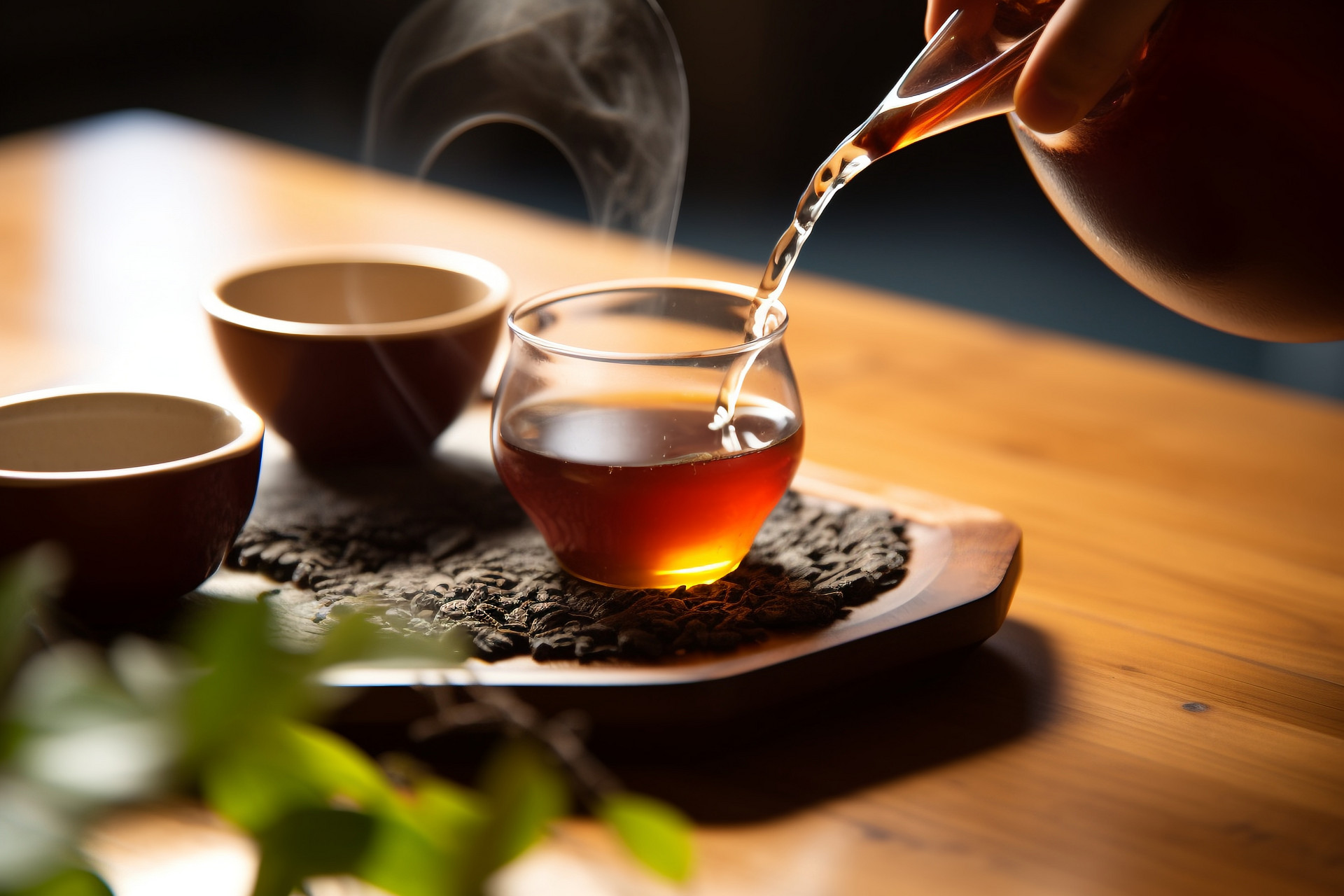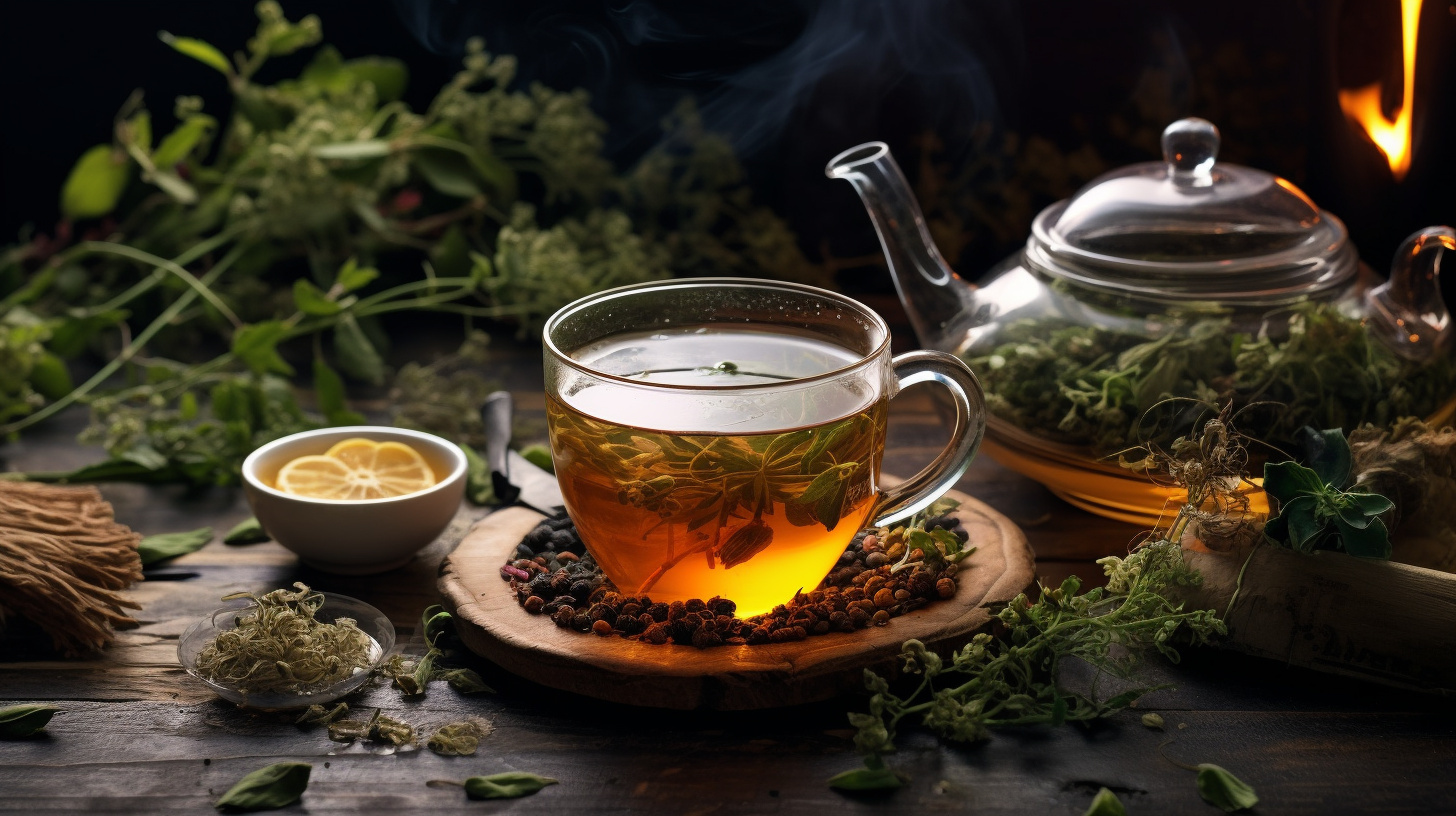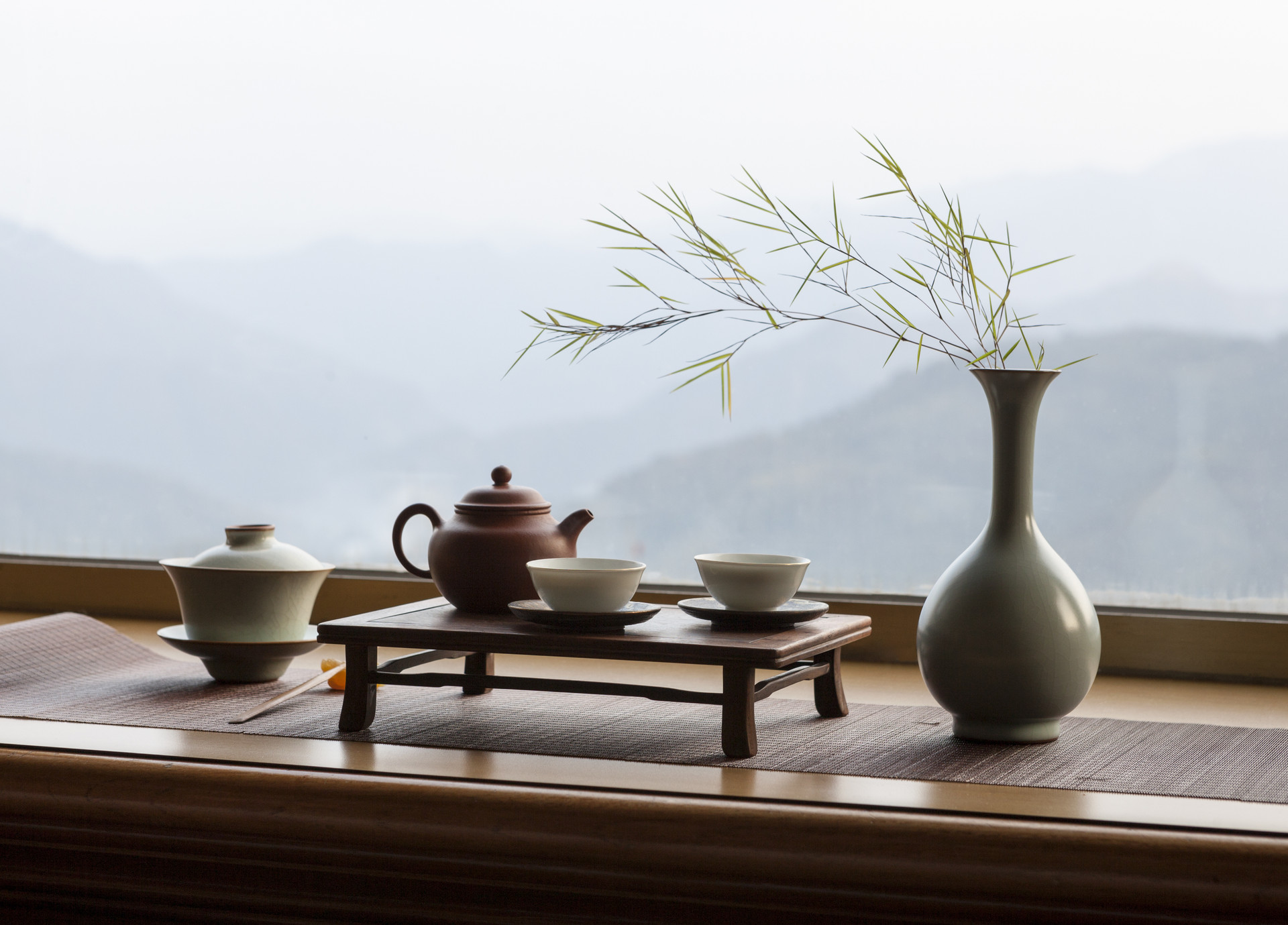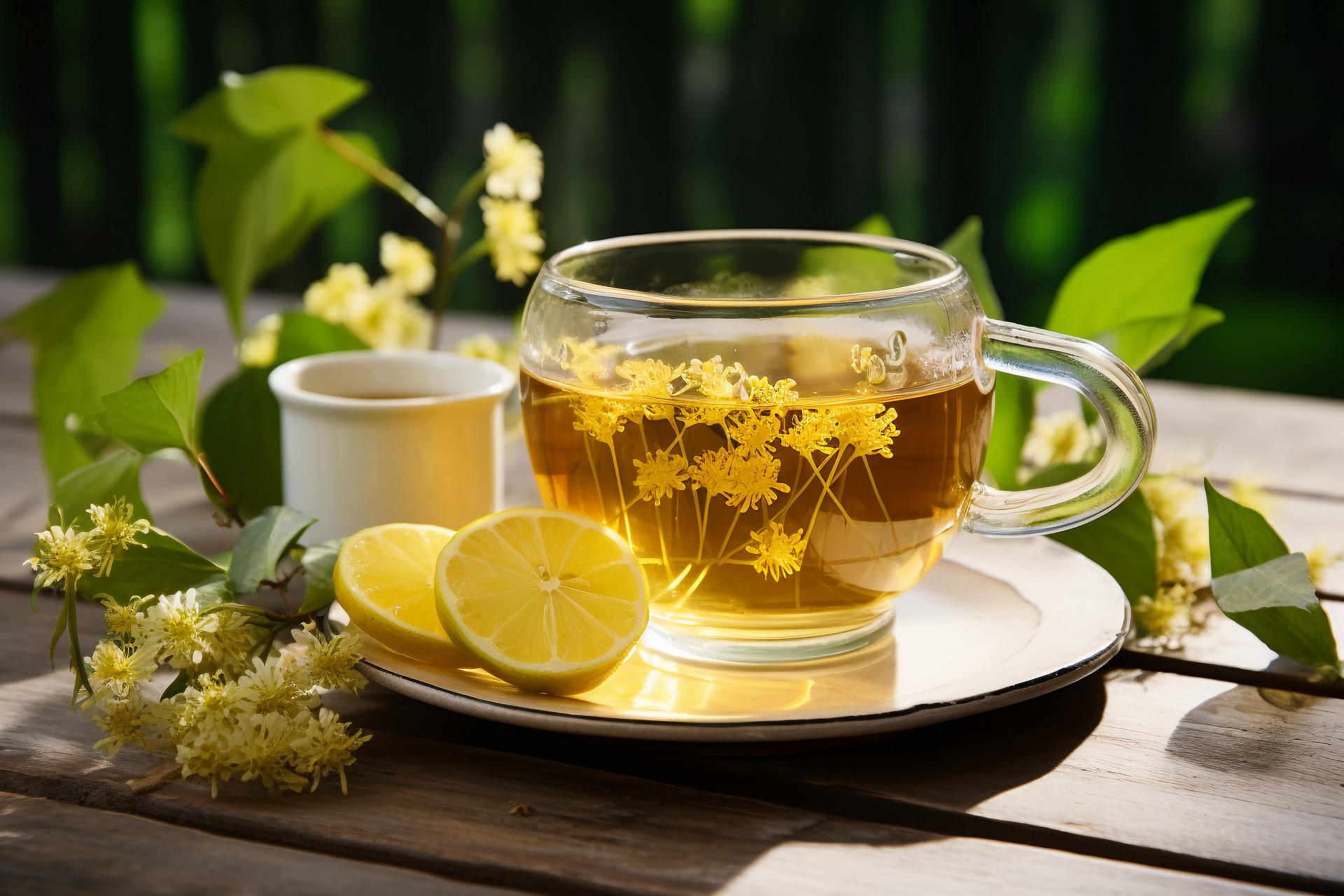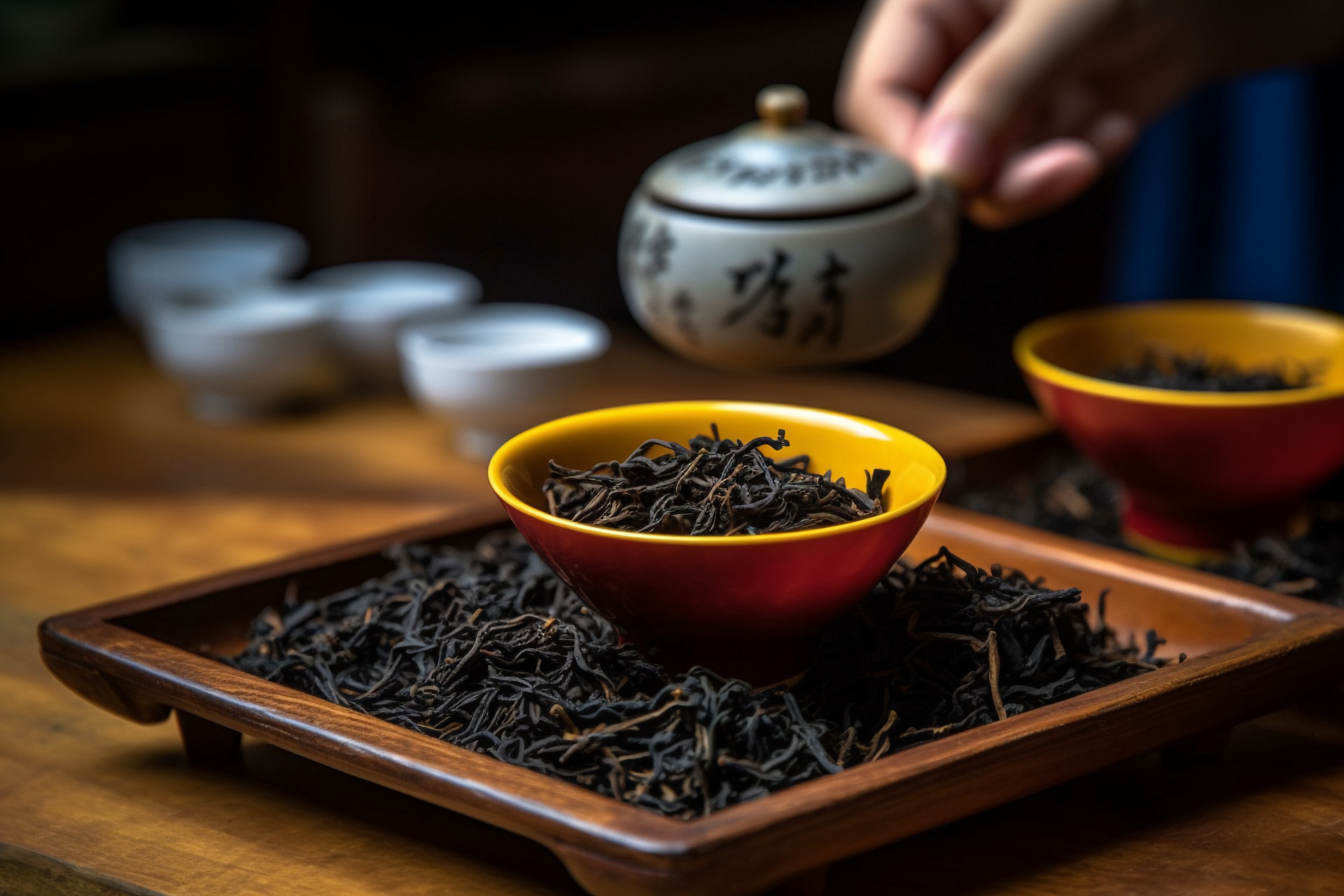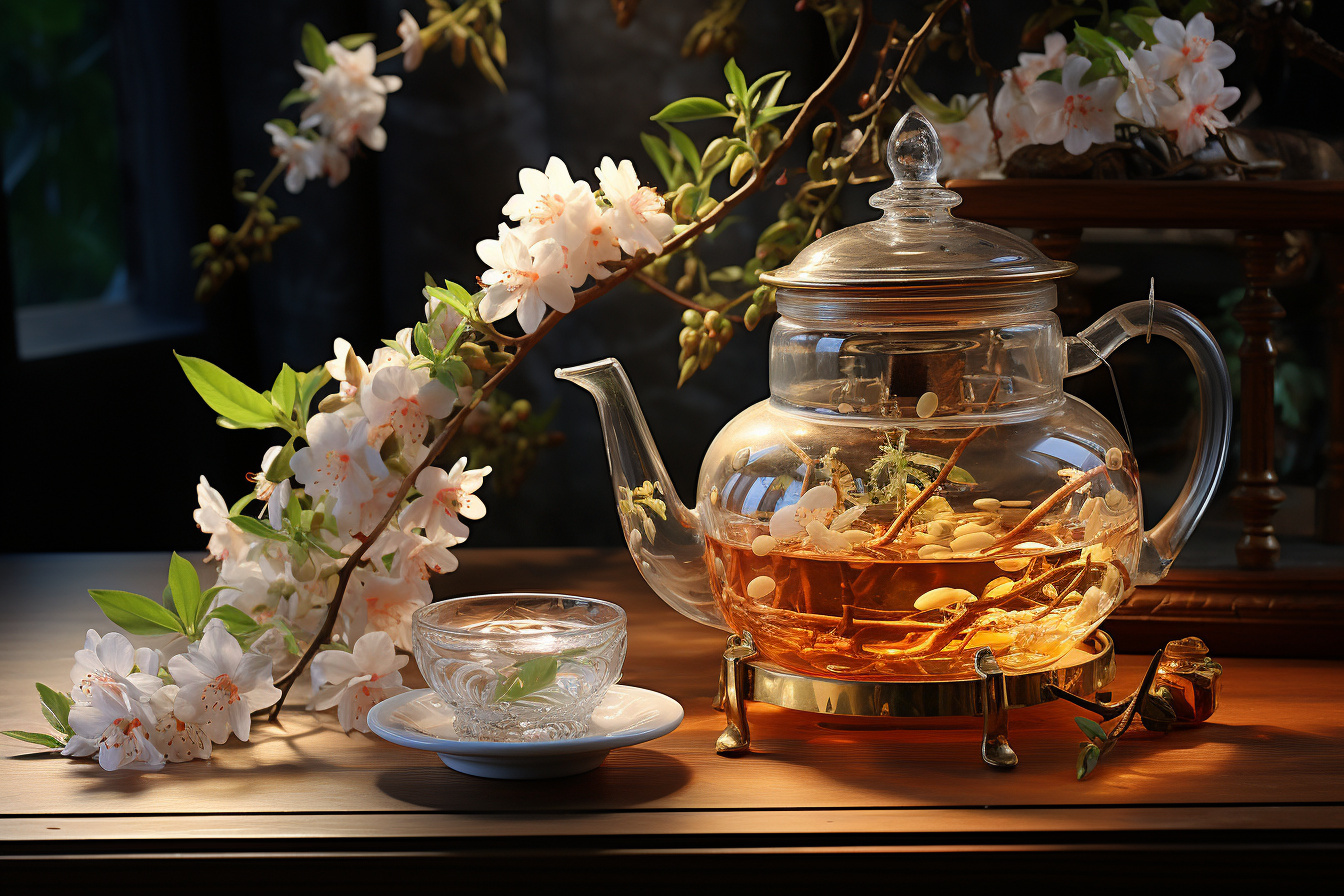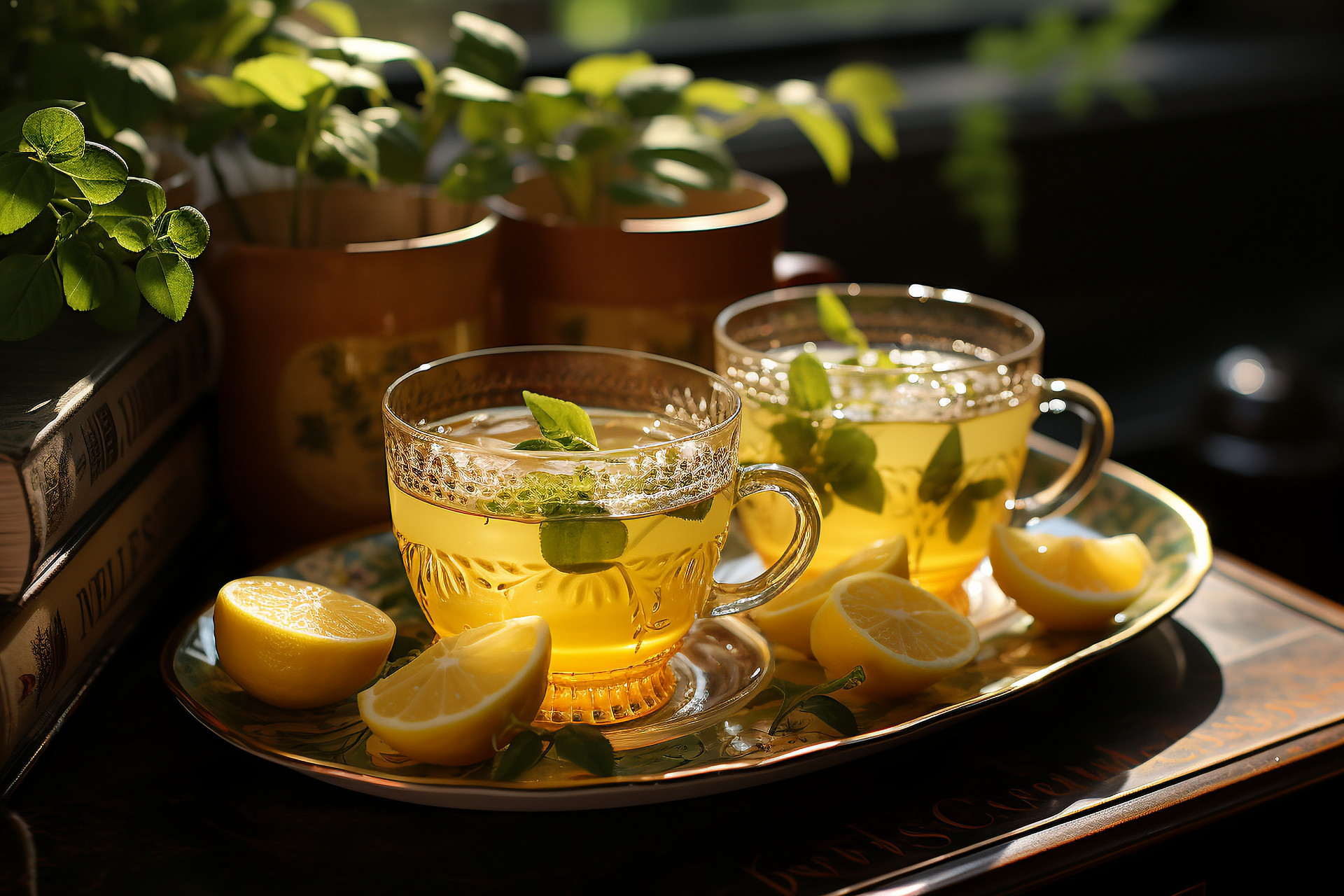Medicinal tea is a special liquid beverage made by adding food or medicine to tea. In a broad sense, medicinal tea also includes non-tea beverages made from food and medicine through brewing, boiling, pressing, and distilling methods, such as soup drinks, fresh juices, infusions, and emulsions.
As a unique indigenous culture in China, tea culture has a history of more than 5,000 years. Nowadays, tea drinking is not limited to China. Tea has become one of the world's three recognized beverages alongside coffee and cocoa. It is said that the discovery and use of tea originated from Shennong, and the earliest pharmacological book in China, "Shennong Bencao Jing," records "Shennong tasted a hundred herbs, encountering seventy: two poisons, resolved by tea."
With the accumulation of practical experience, people gradually recognized the various effects of tea and began to use it to treat diseases and promote health. During the Three Kingdoms period, Zhang Yi recorded in "Guang Ya" that people made tea cakes, ground them into fine powder, brewed them in boiling water, and added scallions, ginger, and oranges to make medicinal tea that invigorated and sobered up. During the Liang Dynasty, Tao Hongjing believed that "bitter tea can lighten the body and rejuvenate the bones" and suggested using medicines like Chinese asparagus to replace tea. Lu Yu, a writer from the Tang Dynasty, wrote the world's first book on tea, "The Classic of Tea," which is revered as the "Tea Saint" by later generations. In this book, he systematically discussed the origin, types, harvesting techniques, and brewing methods of tea, promoting the spread of tea knowledge. Sun Simiao's "Qian Jin Yao Fang" contains 10 medicinal tea formulas, including "Bamboo Rhizome Reed Root Tea." Wang Tao's "Wai Tai Mi Yao" contains detailed descriptions of the production and consumption of medicinal tea in the "New Tea Drink" section. Chen Zangqi highly praised tea in "Ben Cao Shi Yi," stating that tea "connects the heavenly realm and provides the foundation for human relationships. All medicines are medicines for a hundred diseases, but tea is a medicine for ten thousand diseases." In the Ming Dynasty's "Pu Ji Fang," there is a dedicated section on "Medicinal Tea," which includes eight medicinal tea formulas. Li Shizhen's "Compendium of Materia Medica" also includes multiple medicinal tea formulas and discusses the medicinal properties and functions of tea. The tea-making techniques in the Ming Dynasty were continuously improved and became increasingly sophisticated, leading to the formation of the six major categories of tea: green tea, black tea, scented tea, white tea, oolong tea, and compressed tea. This classification method is still used today. In modern times, the health-promoting effects of medicinal tea have been increasingly valued, and various types of tea for lowering blood pressure, losing weight, and afternoon tea have emerged, enriching and expanding the variety and effects of medicinal tea.


![[The Risks of Eating Hawthorn During Pregnancy]](https://tcmmaintenance.com/uploads/20240715/97742b67f97f94c495ae1389337c5c41.jpg)
